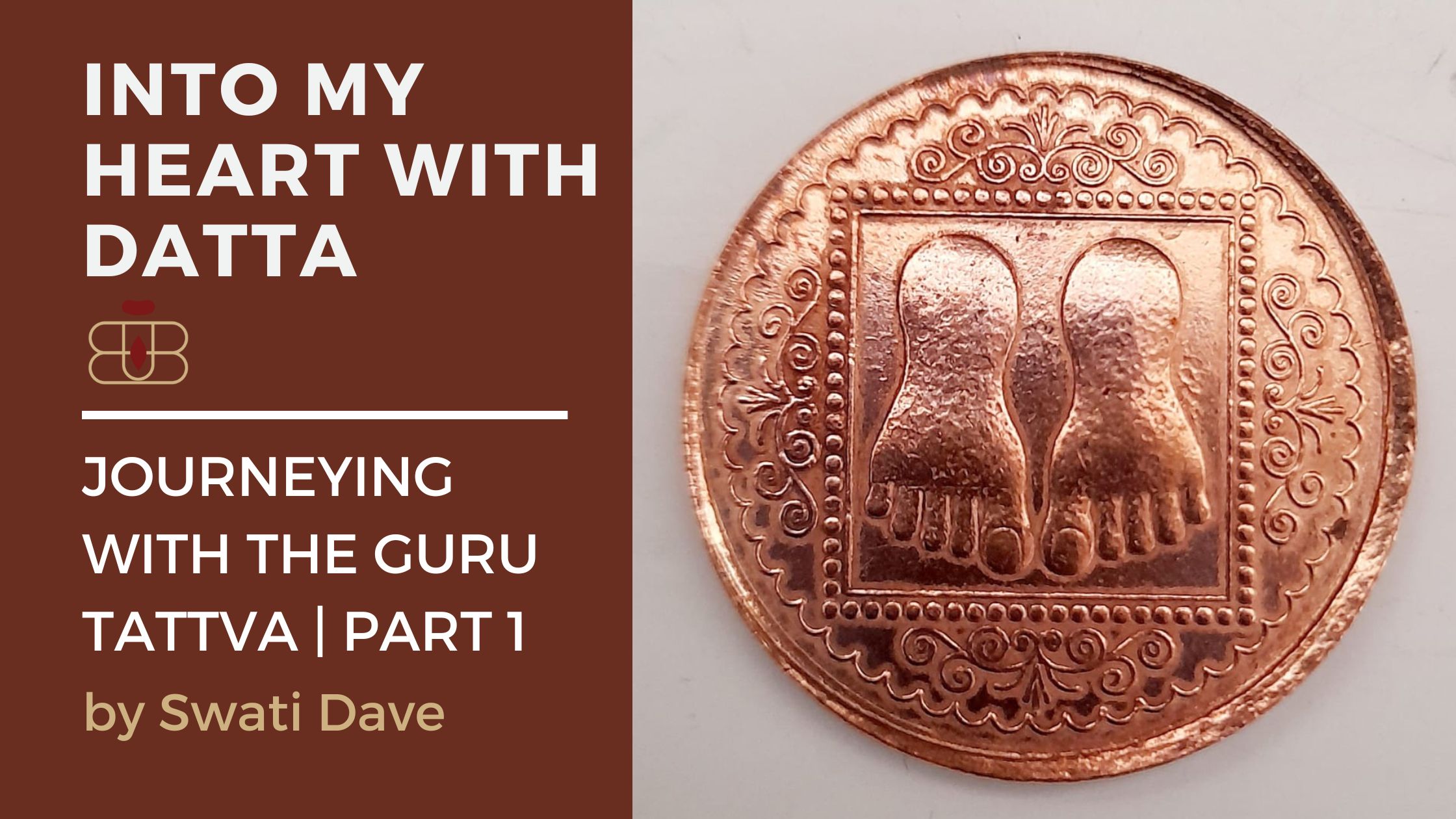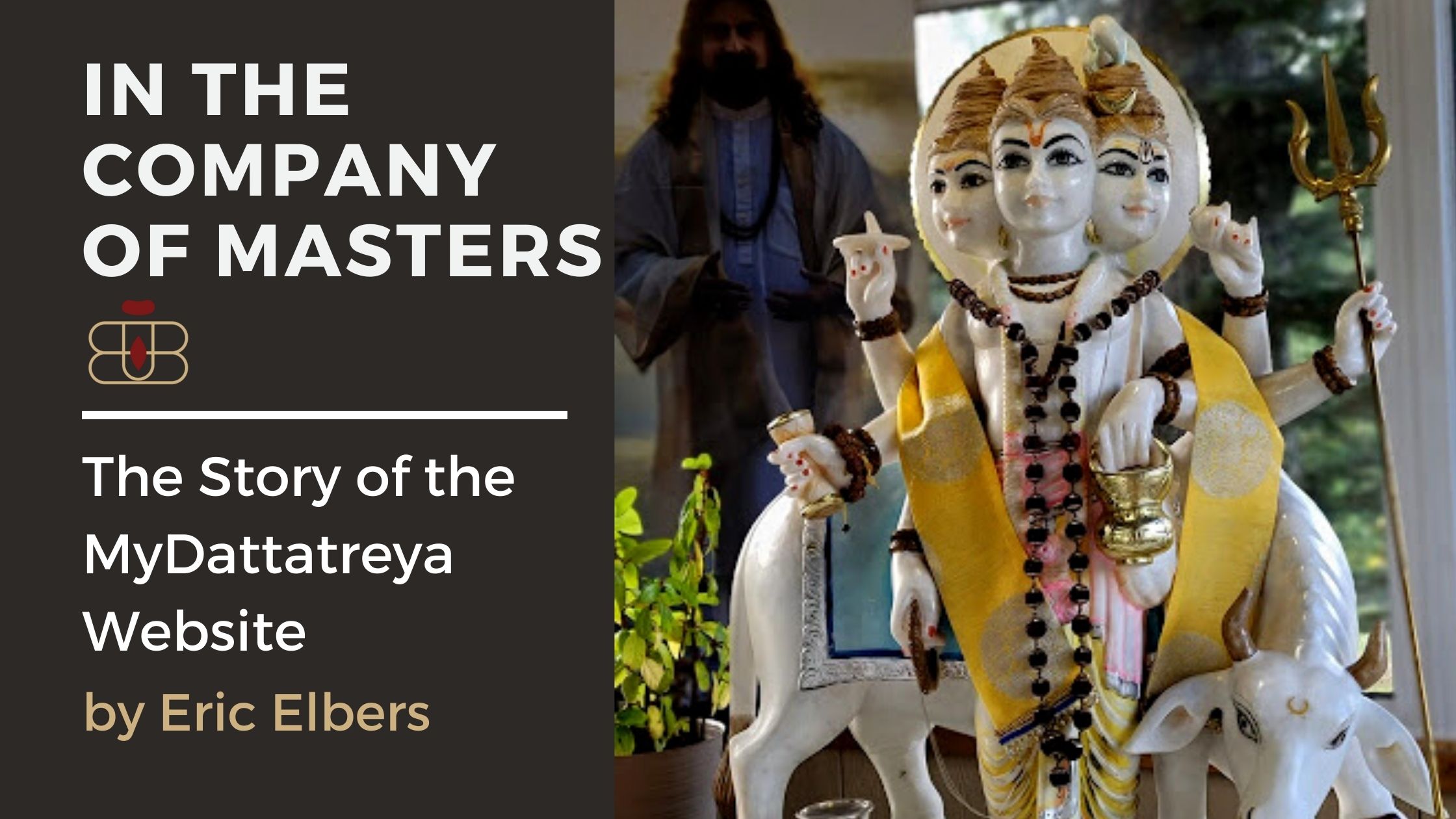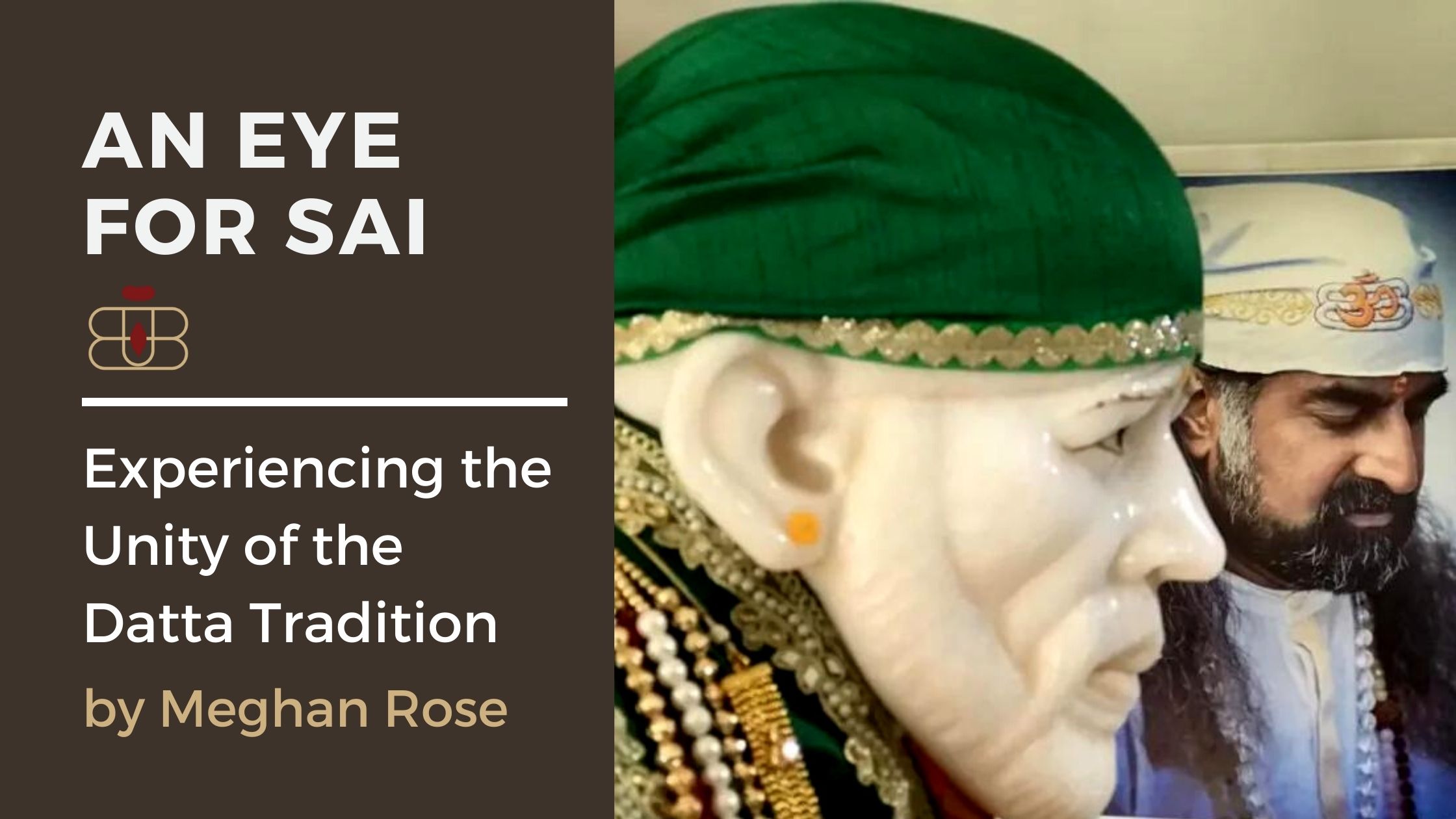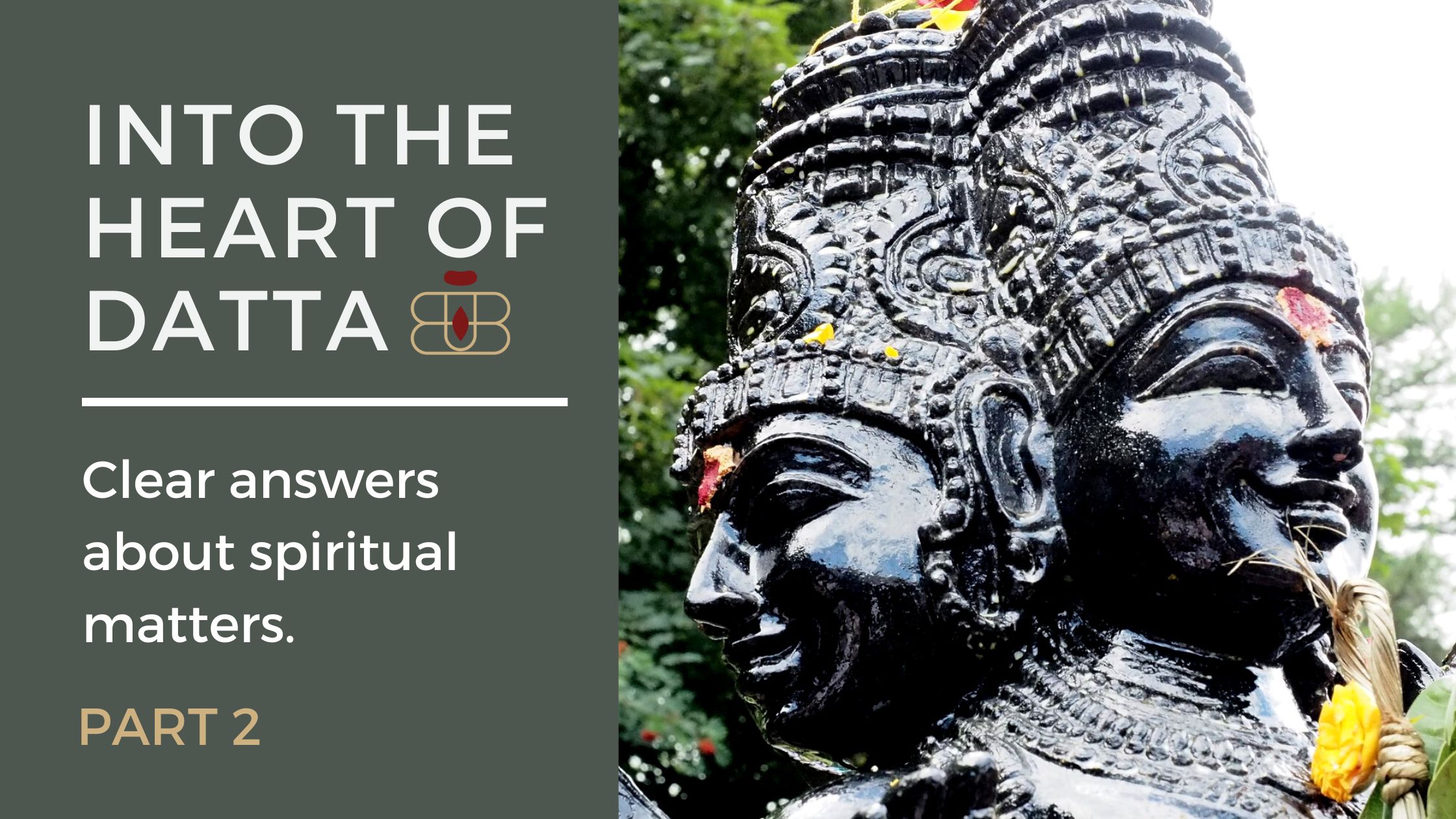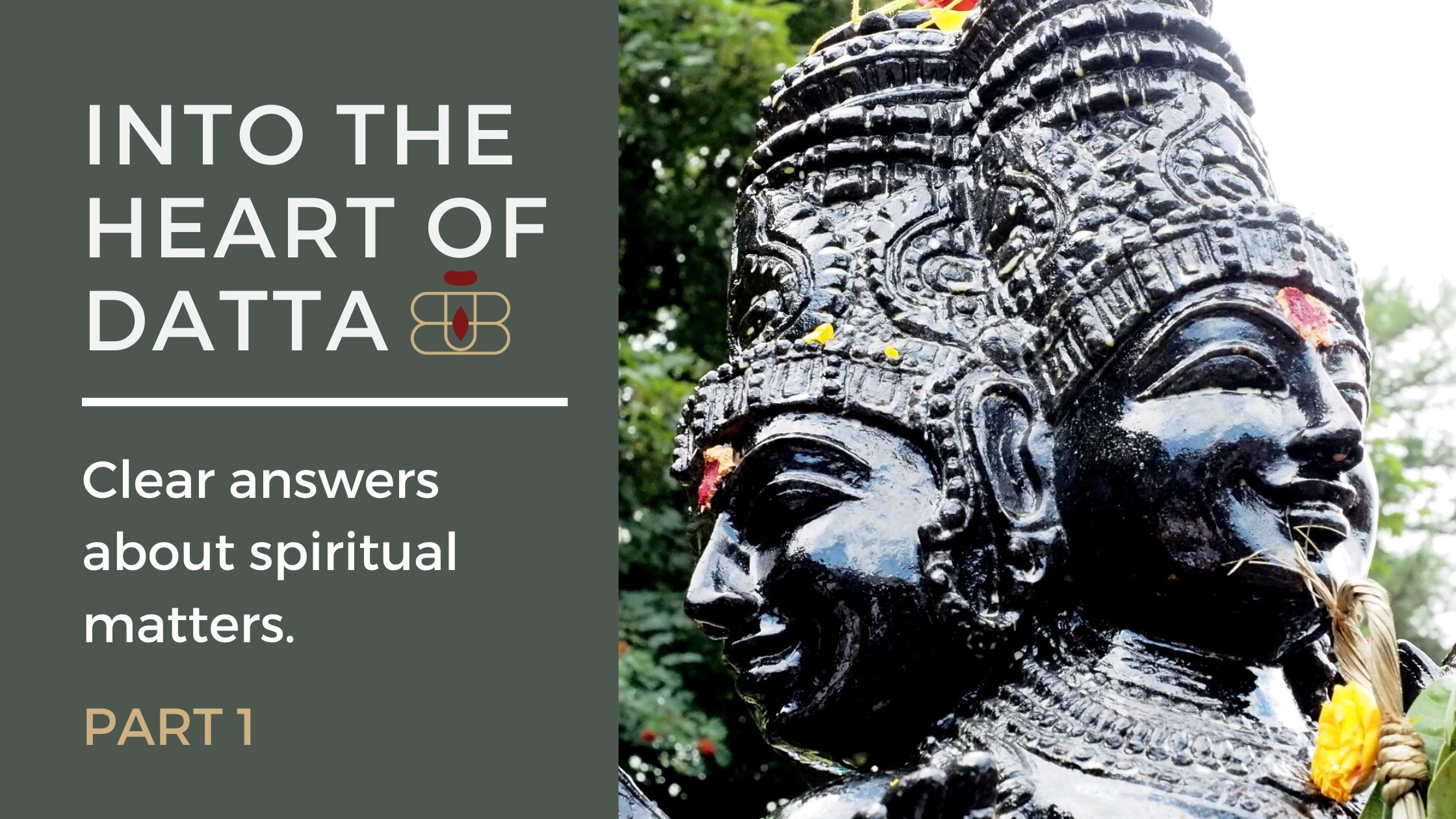Kanifnath
Overview and Significance
Kanifnath is recognised as one of the nine Maha Yogis of the Shaivic Navnath Sampradaya and one of the most remarkable personalities amongst the Mahasiddhas of the Vajrayana Tantrik traditions of India and Tibet. He appears under various names in different stories, such as Krshnacharya, Krshnapada, Kanhupada, Kanpha, Kanha-pa, Kanha, Acharya Charyapa, Kaniphanath, Kanari-Nath, Kanupa, Kanhoba(in Maharashtra), and more. His presence dates back to the 10th century.
Both traditions agree that he was a prominent Siddha yogi and, at the same time, a pandit (highly learned man) with a lot of disciples. In the book Chaturasiti-siddha-pravritti, he is listed as the 17th of the 84 Mahasiddhas.
In the Nathas’ first version of his story, he appears as a mighty but arrogant Natha Yogi, who gets into conflict with Gorakshanath and later tries to challenge him several times but always loses to him. There are various interpretations of the legend about him, varying in story details to a greater or lesser degree but having the same narration.
In the second story of Kanifnath as Kanupa, he is shown as the Vajrayana Siddha, the disciple of Jalandharnath, who initiated him into Hevajra mandala sadhana. Hevajra’s name is composed of two syllables – ‘He’ meaning compassion, representing the male aspect, and ‘Vajra’ meaning wisdom, the female aspect, which together offer the path beyond the illusory world. After practising Hevajra Sadhana, Kanifnath attained extraordinary yogic powers and became intoxicated by them, enjoying demonstrating them everywhere, indiscriminately. In the end, Kanifnath paid the price for his arrogance by a sorceress, whose fatal curse caused his death.
Not much is mentioned about Guru Gorakshanath in the second story. Both stories have differences from each other but have similarities of geographical places, and it seems that the author of one of the stories was aware of the other. However, it is difficult to say which of them preceded the other.
A few less reliable books and texts are available about Kanifnath’s birthplace, parents, and family. According to Chaturashiti-siddha-pravritti, he was born at the place called Soma-puri, and was from a caste of clerks (brahmin). In his early years, he became a monk at Somapuri Vihara (modern Paharpur, district Rajshahi of Bengal), built by Raja Deva Pala. Later, he was initiated into Hevajra mandala sadhana by his Guru Jalandharnath and practiced it for more than twelve years before attaining siddhis. He had a lot of disciples who he used to initiate ‘into mysteries of Varahi without head,’ or Vajra-varahi with his consort Goddess Shri Heruka.
The second geographical mention found in the same book is that he undertook a missionary trip to Sri Lanka, accompanied by three thousand disciples. After this, he went to Salaputra, according to the text (the place of Jalandhara, where righteous king Dharmapala was ruler). Finally, about his death, it is said that he died in a city situated somewhere in the eastern region from Soma puri near the house of Dakini Mandhe. However, there are many more opinions about the details of his biography expressed by different scholars.
Kanifnath is known as Kanhupa in Bengal, with a prominent place in the Sahaja tradition there, being one of its Siddhacharyas. These first poets wrote in Old Bengali (Apabhramsa dialect) under the name Kanhupada. His dohas are found in the book called Charyapadas or Charyageeti, believed to be one of the oldest books in Bengali, amongst compositions of other Siddhacharyas. Out of fifty dohas included in Charya Geeti, twelve were composed by Kanhupa. These dohas are widely accepted as original and written personally by him and express various aspects of his teachings. As mystical songs, his compositions became popular there and were widely sung by the masses. Those Siddhacharyas exercised considerable influence in the later development of the Bengali devotional poetry and were recognised as the first writers in the Bengali language.
While Jalandharnath was confined in the well at Ujjain, from which he was finally rescued with the help of Gorakhnath and Matsyendranath, his disciple, Kanifnath, occupied his teacher’s place as Mahant. He later founded a Panth that came in line with Gopichand (Chandra), otherwise known as Siddh Sangari, who became one of the eighty-four Siddhas. Gopichand is sometimes given as the name of a Panth; Gopichand is also considered a disciple of both Kanifnath and Jalandharnath. The Kalbeliyas are said to be his disciples. To this line also belong the Sepalas, who keep snakes. Some in this division wear big rings called kundlas, as do the Kanphatas. Others wear them in the lobes of the ears.
Kanifnath was advocating the doctrine of the male-female union called Yuganaddha (in Tibetan Yab-Yum) in the Tantric Vajrayana tradition. It seems that he was one of the pioneers trying to introduce the Shaiva idea of the union of Shiva and Shakti in the Buddhist circles. It was known at that time as Yuganaddha (union) of Shri Heruka and Vajravarahi or Prajna and Upaya.
Kanifnath intended to go to Sri Lanka, preaching dharma. He invited his disciples to accompany him and took a group of 3000 disciples with him. When they reached the ocean edge, he left all his disciples to stay there and started moving towards Sri Lanka, stepping on the water’s surface. While doing this, proud thoughts came into his mind: ‘Even my Guru would not be able to do this; it’s not a big matter for me.’ At the very moment this thought came to his mind, he went deep under the surface of the water. After struggling with waves and feeling great shame, finally, he was thrown by waves back on dry land. When he looked up in the sky, he saw his Guru Jalandharnath, who asked him: ‘O Kanipa, where are you going and why?‘ Feeling ashamed, Kanifnath answered, ‘For the welfare of the world, I was going into Sri Lanka, but after feeling proud that I am greater than you, all my powers vanished at once, and now I am sinking down – I can’t walk on water anymore.‘
When Kanifnath took a vow to act by the commands of his Guru, his knowledge and spiritual powers returned to him. At once, he became able to move without touching the earth, then seven umbrellas and sounding drums appeared over his head, his feet were leaving imprints in stone, and so on.
Kanifnath, accompanied by his three thousand disciples, arrived at the township Salaputra. There he left his disciples to stay in the camp outside of the city. He had been instructed by his Guru to learn advanced sadhana practices from a weaver. He found the house where a weaver was living. When he entered the house, he saw that while that weaver was weaving clothes, broken threads were joining themselves without the weaver doing anything. Kanifnath decided that he had found the man that his Guru had told him about and obeyed the weaver, humbly touching his feet.
After Kanifnath explained what had happened, the weaver asked him: ‘Will you follow what I will tell you?’ Kanifnath answered: ‘Yes, I will obey your commands.‘ Then Kanifnath started to follow all the instructions of the weaver.
But after a while, Kanifnath decided to leave the weaver yogi, thinking that he already had all spiritual powers and siddhis. The weaver, wondering about Kanifnath, told him, ‘Because addiction to power can lead a man of indiscriminate mind to destruction, the same may happen with a yogi who has no proper understanding of how to use his powers appropriately. All these umbrellas and flying drums are not significant achievements for a yogi. You are preparing to leave, but you have not accomplished the task for which you came here, and your moral state is still far from perfect. Stay here with me and complete your sadhana, as Guru Jalandharnath told you.‘
But Kanifnath was not ready to stay or be persuaded. So he walked to a jungle close to Soma Puri. He saw a rose apple tree with a girl sitting under it. He requested her to give him some of the fruit, which she refused. He then fixed his stare at the tree for a while, and all the fruit fell to the ground. Immediately, the girl looked at the tree, and all fruits returned to the places they were before. On seeing this, Kanifnath became very angry and put a mantra spell over the girl to immediately fall on the ground, bleeding from all over her body. Soon people started collecting around and began abusing him for what he had done. So he pronounced another mantra to bring the girl back to her previous state. But while doing this, he forgot to apply a mantra for his protection. So when the girl stood up, the first thing she did was curse Kanifnath with a mantra. As a result, now it was his turn to be stricken with a terrible disease, and blood started flowing from all over his body, from head to foot.
Kanifnath asked his goddess Dakini Mandhe for the medicine for this blood-vomiting disease that could be obtained only from the mountain Sri Parvat, situated far away in the South of India. When Mandhe returned with the medicine, the girl tricked Dakini by taking the form of an old lady, crying and saying Kanifnath is dead. Dakini Mandhe threw away the medication, which the old lady picked up and vanished. When Dakini Mandhe returned and saw Kanifnath alive, she told him what had happened. Kanifnath then realised the time had come to leave his body, so he began giving his last lessons to his disciples for seven remaining days. On the last day, he initiated them into the mysteries of Varahi without a head. After that, he left his physical, and by that time useless body, and entered into the realm of the Absolute Void. Dakini Madhe searched for the old lady in all lokas, found her sitting inside a hollow tree, spelled a mantra, and killed her.
Kanifnath had seven hundred and fifty visible disciples and another seven hundred and fifty invisible or secret disciples, but Gorakshanath was the only disciple of Matsyendranath. Gorakshanath was a very great Siddha and had many magical and spiritual powers, mantra powers. In this way, they became two religious communities. In the early days, they were guarding the seat of the kings (fighting ascetics). Some of Kanifnath’s disciples were the Kalbelia gypsies of Rajasthan.
Gorakhnath, the founder of the Nath sampradaya, was known for his magical powers. When he was put to test by his disciples, the Guru told them that whatever they would ask for, he could make it appear. Kanip, one of his close disciples, asked for a bowl of venom, thinking that Guru Gorakhnath would not be able to procure it. But the Guru surprised his disciple and presented him with venom from a snake. The Guru then instructed him that from that time onwards, Kanipa and his followers would be associated with this animal and it would be his responsibility to protect snakes. Humbled by this experience, Kanipa adhered to Gorakhnath’s words, and that is how the Jogi Nath community, or Kalbeliyas as they are popularly known, came into being. This mythological occurrence also explains the traditional occupation of the Kalbelia as snake charmers, snake catchers, and venom traders.
The Kalbellas say Kanipa refused to do magic. Instead, he secluded himself in the jungle and practiced samadhi, which requires patience and dedication, leading to moksha (release from the endless cycle of rebirth). Once samadhi is obtained, the yogi can choose to be absorbed into Parabrahman or retain his body and stay on earth, possessing all the siddhis. Only a few yogis are believed to have succeeded in passing beyond the condition of the Siddha (the ‘magician or ‘god’) because once the siddhis have been used, the yogi remains stuck at the level of a mere ‘magician.’ Some believe that this happened to Gorakshanath because he succumbed to the temptation of using his magical abilities.
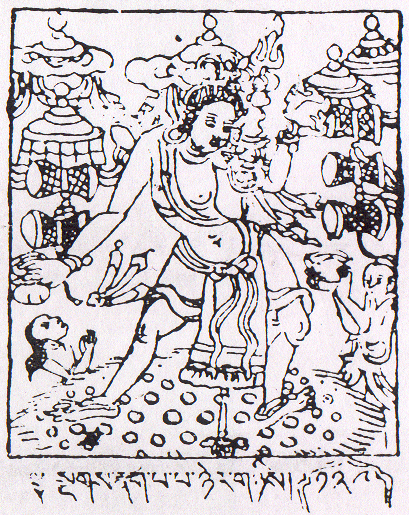
Teachings
In the ancient folklore of Bengal and those in Maithili, Assamese, and Odiya languages, there are poems by Siddha composers of their secret sadhana. So also in the Gopichand ballad or Gorakshavijaya. H M Shastri’s publication of 1916 included Dohakosh by Kanhapada (Kanifnath) and among the fifty songs of Charyagitikosh, the name of Siddhacharya Kanhapada (Kanifnath) is associated with thirteen verses.
The attitude of a yogi regarding the phenomenon of physical death is described in a song of Kanifnath:
‘The real Self in the state of neutrality is fulfilled in the Void;
At the removal of the physical reflexes and mental attributes, be not depressed
Say how Kanha would not exist,
When he is ever moving about, measuring the three worlds.
A fool is sorry to see the end of a show;
Do the breakers ever dry up the sea?
Men, being ignorant, know not:
They perceive not the fat existing in milk.
In this existence, one neither goes nor comes;
With this outlook Kanha the yogi fellow departs.
Sen (1956:239).
The following song in Old Bengali also reinforces the tantrik/yogic synthesis:
‘Kanha, a skull-bearing yogi is on his round.
He walks through the township of the body in the same guise.
The vowels and the consonants are the bell anklets at his feet;
The sun and the moon are made into the ear rings.
He covers himself with the ashes of love, hate, and infatuation;
Supreme emancipation is worn as a string of beads’.
Sen( 1956: 269).
‘Skull is a reference to Kapalin’ – ‘adorned with skulls,’ a name of Shiva. ‘Township of the body ‘refers to the belief that the cosmos, the world, is mirrored in one’s own physical body. ‘Vowels and consonants’ refer to Bij (seed mantra), meaning everything in the universe is sonorous and has its own sound. The moon is quintessentially female, Shakti, which resides in the muladhara chakra. The sun is quintessentially male, Shiva, and resides in the Sahasrara chakra. Certain Tantrik exercises cause the rise of kundalini up through the other five main chakras, reaching the crown of the head when the unification of the two polar principles of sun and moon happens, transcending all opposites.
Kanifnath sings the subtle metaphysical equations of the sahajiyas, of an uncompromising non-dual reality in which there is only empty space, and, simply by recognising that, mahamudra-siddhi is attained. He rejects the intellectual approach, mantra, and visualisation, brahmin ritual, the kapalika’s attachment to tantric appearances and conventions. He sings of the real kapalika as the ideal sahaja-siddha who has shaken off all prejudices and partiality, all preconceptions and doctrine, and realised ‘the ultimate principle of emptiness that arises spontaneously with every movement of the mind.’
He who has made his mind steady in samarasa, which is the Sahaja, becomes at once perfect; no more will he suffer from disease and death.
Say, how can Sahaja be explained?
(For) neither body nor speech nor mind can enter into it.
In vain does the Guru preach to the disciple, for how can he explain that which transcends the capacity of all verbal means?
Zealously practice generosity and moral conduct,
But you cannot attain siddhi supreme without a Guru
No more than you can drive a chariot without wheels.
The wide-winged vulture, innately skilled,
Glides high in the sky, ranging far away,
And the Guru’s potent precepts absorbed
The karmically-destined yogin is content.
The following is what one version of Gorakshavijaya from Bengali folklore tells about the origin of Siddhas – how they were born:
I would start my story worshipping the creator, the formless one.
Creating the universe, sky, earth, and under-earth for fun
As if playing with himself, he worshipped himself, unaware
Who brought awareness in him, who was his pair?
Holy Sites and Pilgrimages
The Kanifnath temple, located at Madhi near the Ahmednagar district of Maharashtra, contains his samadhi, decorated with beautiful stones and carvings. The unique thing about this temple is that the main shrine is in a closed room, and only men are permitted to enter it. It is not just walking through a door! There is a small opening, probably a little more than a foot in either direction, through which one (only men and topless too!) has to crawl in and come out the same way, as one is not allowed to point the feet towards the shrine. However, it is interesting that people of all sizes and shapes can get into the shrine. When one reaches the temple around sunset, the evening light shines beautifully on the temple as there are no other hills around.
There is also a Kanifnath temple on a hill like a magnificent fort which can be reached from Pune, India. There is also a story that goes far back when Rani (Queen) Yesubai and Balraje Shahu Maharaj, the First, during the 17th century, were under siege by the Mughals (invaders to India). At that time, Queen Yesubai had made a vow to Shri Kanifnath that if Shahu Maharaj were released within five days, she would build a bronze horse for God. Kanifnath listened to the call of the devotee Queen, and within five days, Yuvraj Shahuraje was released safely.
There is also a Kanifnath shrine in Shirdi on the way to Lendi, which Sai Baba used to visit in his lifetime.
Bibliography
Sen, Sukumar. 1956: The Natha Cult. In The Cultural Heritage of India: Vol. IV: The Religions
External Links
Kanifnath Arati: https://youtu.be/-OzcbvSstoM

